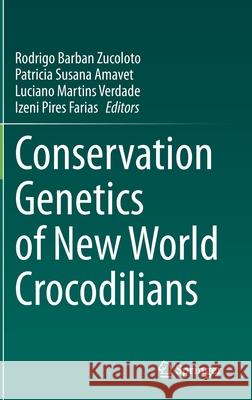Conservation Genetics of New World Crocodilians » książka
topmenu
Conservation Genetics of New World Crocodilians
ISBN-13: 9783030563820 / Angielski / Twarda / 2020 / 230 str.
Conservation Genetics of New World Crocodilians
ISBN-13: 9783030563820 / Angielski / Twarda / 2020 / 230 str.
cena 645,58
(netto: 614,84 VAT: 5%)
Najniższa cena z 30 dni: 616,85
(netto: 614,84 VAT: 5%)
Najniższa cena z 30 dni: 616,85
Termin realizacji zamówienia:
ok. 22 dni roboczych
Bez gwarancji dostawy przed świętami
ok. 22 dni roboczych
Bez gwarancji dostawy przed świętami
Darmowa dostawa!
Kategorie:
Kategorie BISAC:
Wydawca:
Springer
Język:
Angielski
ISBN-13:
9783030563820
Rok wydania:
2020
Wydanie:
2021
Ilość stron:
230
Waga:
0.52 kg
Wymiary:
23.39 x 15.6 x 1.6
Oprawa:
Twarda
Wolumenów:
01
Dodatkowe informacje:
Wydanie ilustrowane











